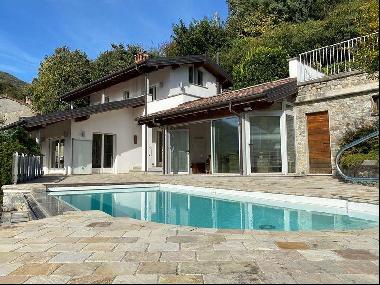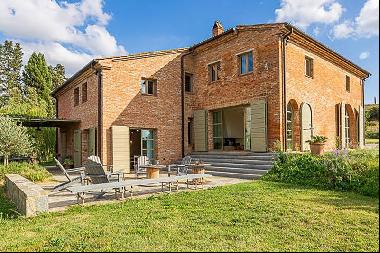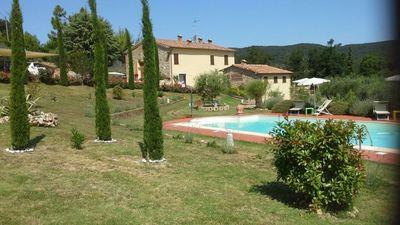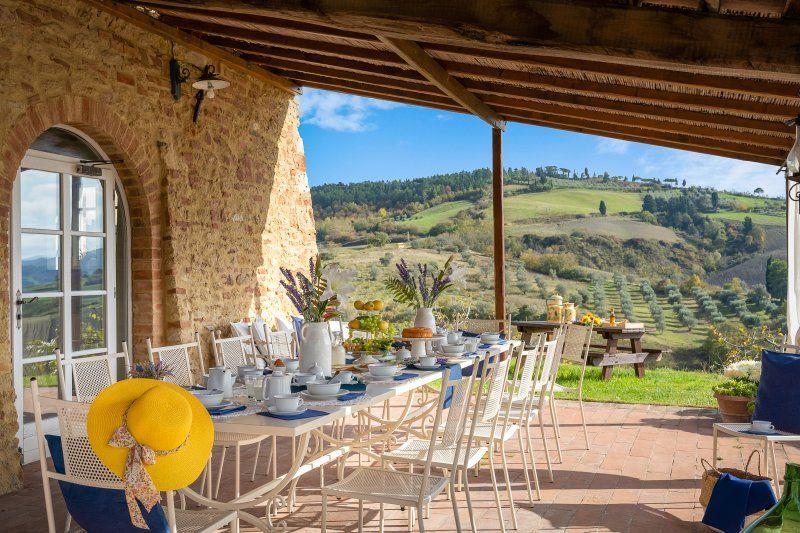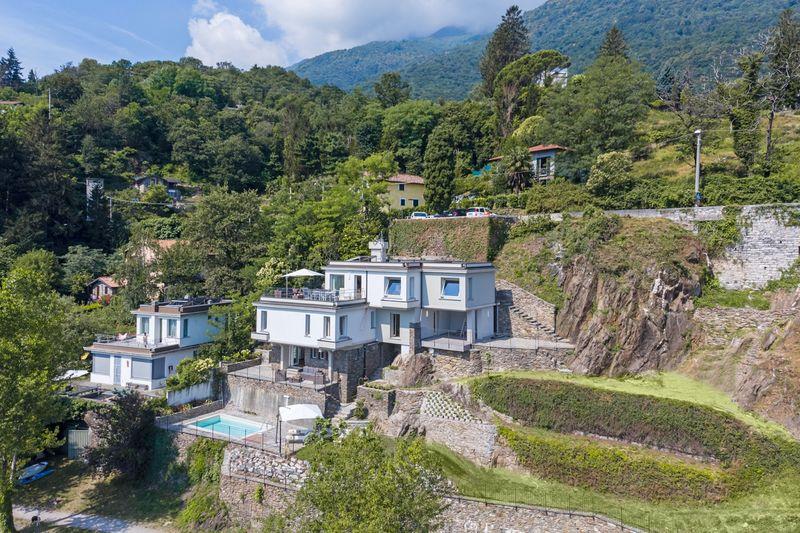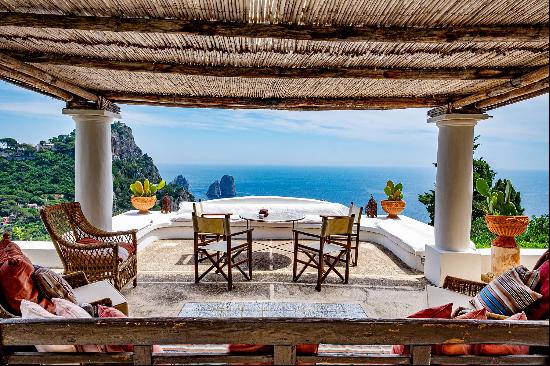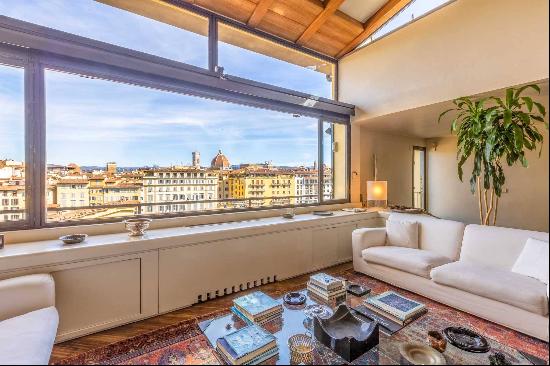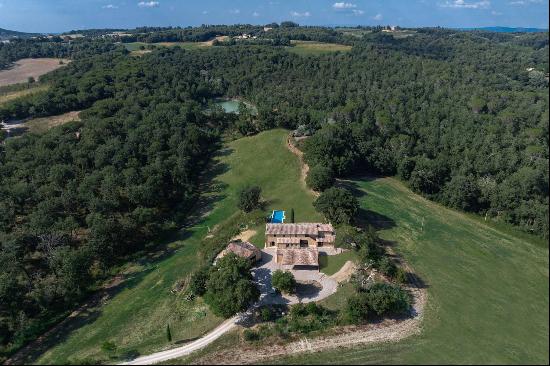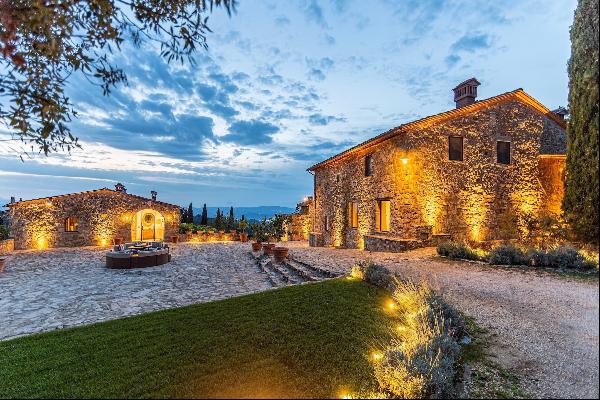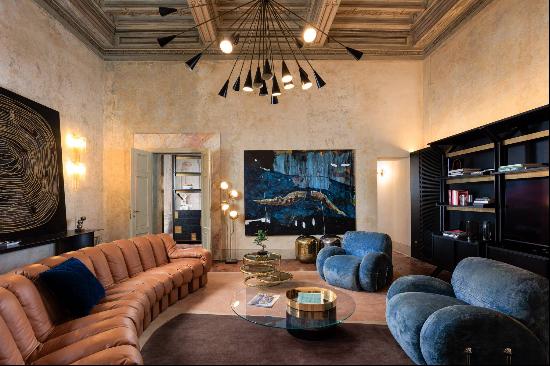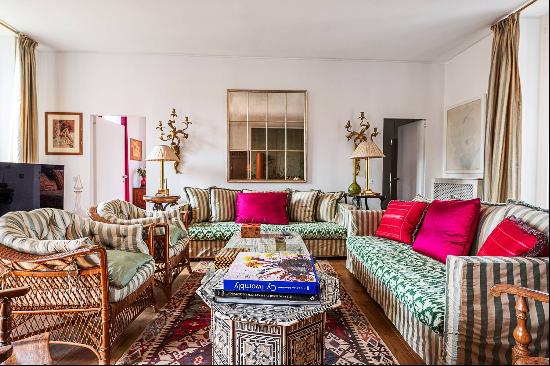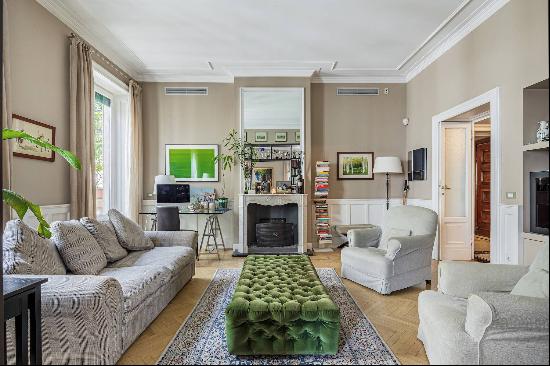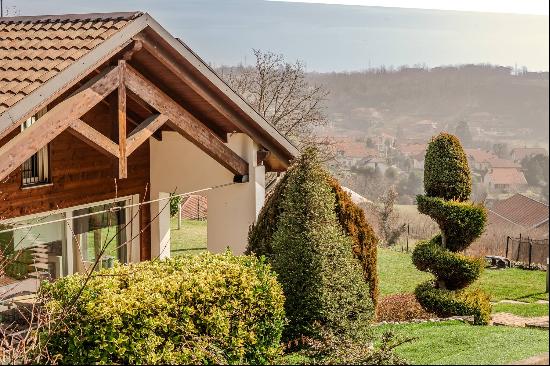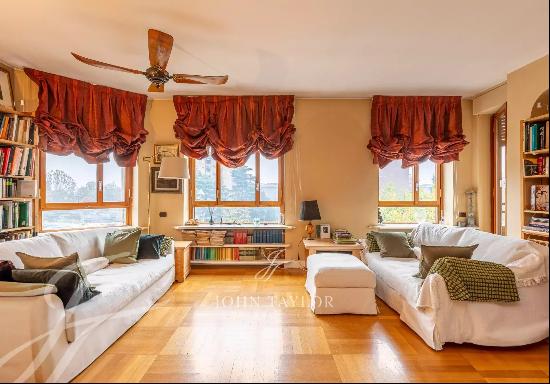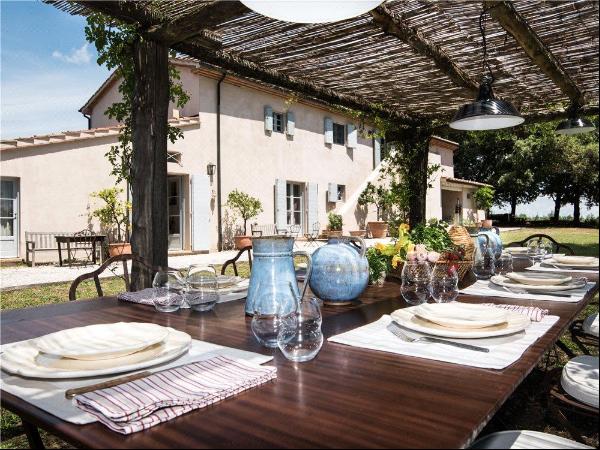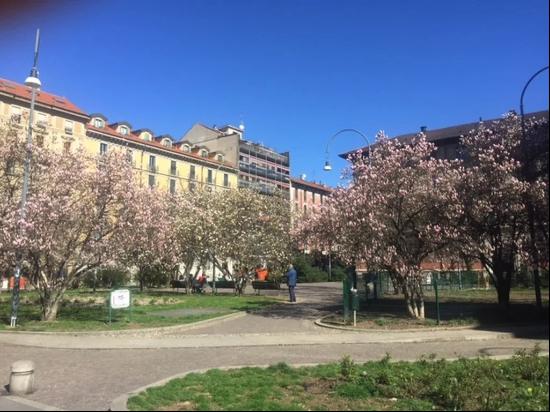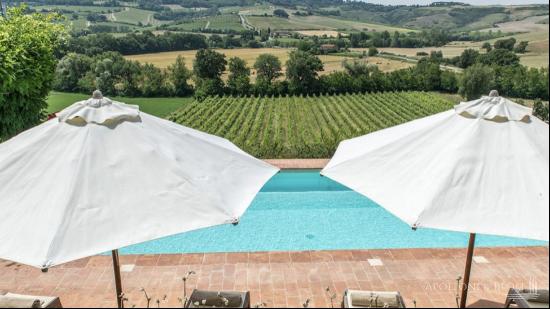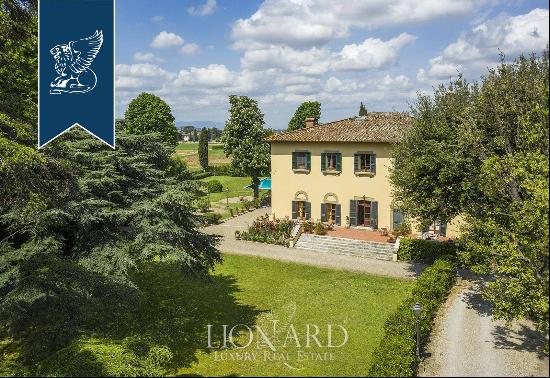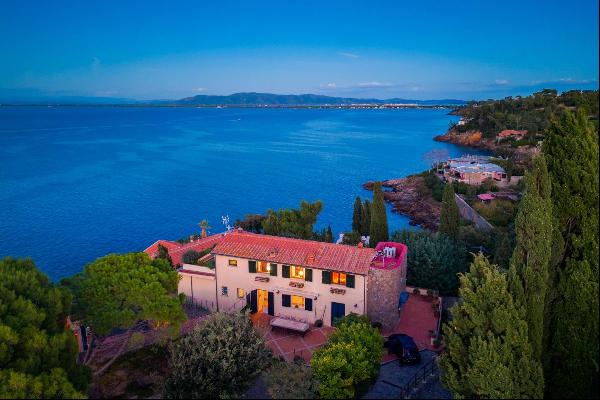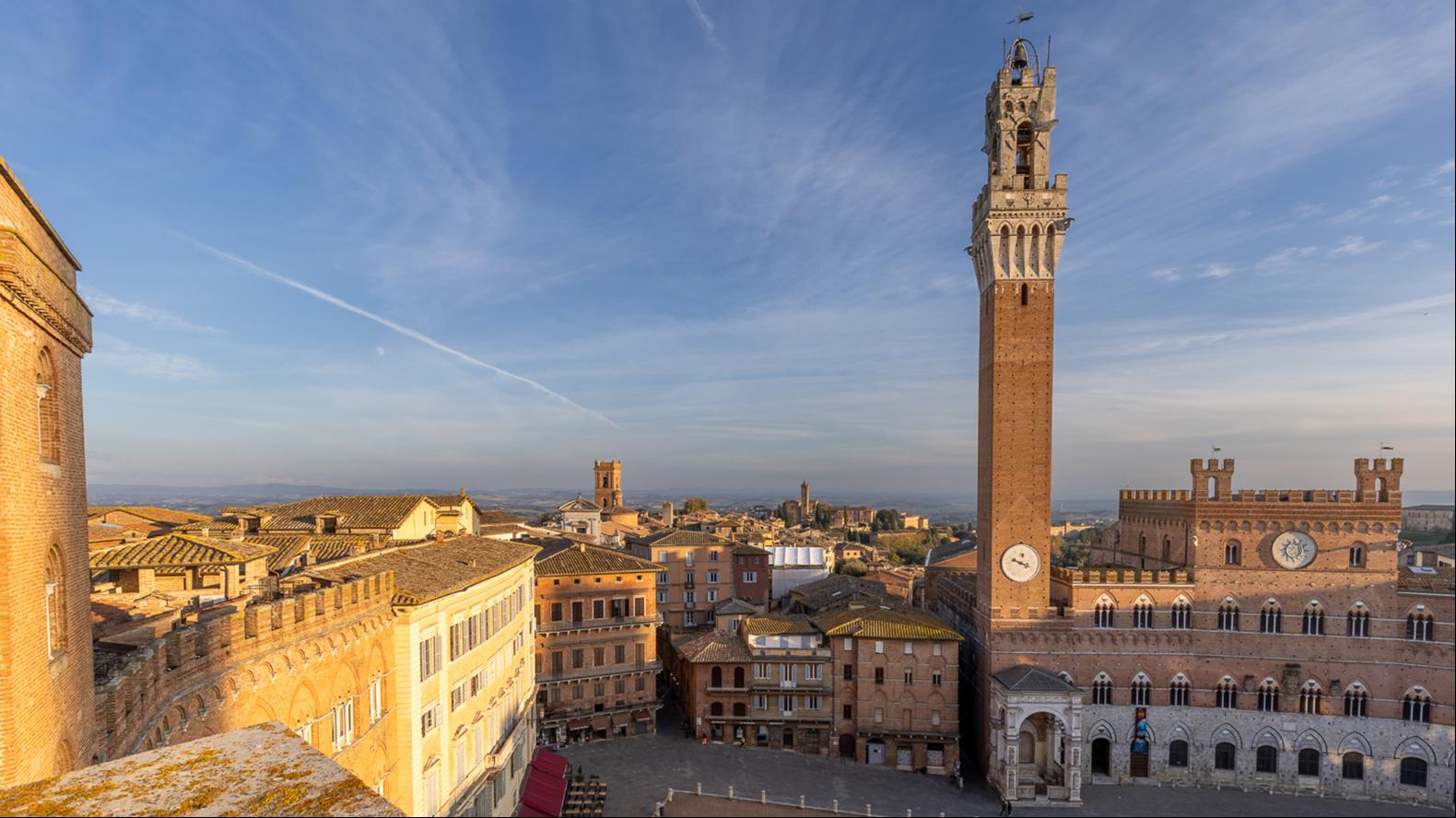
By Emma Bird
“We cannot freeze the past. We live in our time,” says Francesco Moncada, one half of creative architectural agency, Moncada Rangel. Based in Italy, working with old buildings is a given. “We like to give visibility to these layers of history and add a layer from our present time.”
Formerly a project architect at Rotterdam-based OMA, Moncada worked on the metamorphosis of the historic Fondaco dei Tedeschi building at the foot of the Rialto bridge, in Venice. The team chose to balance different periods of the 800-year-old former warehouse by exposing old brick walls amid the concrete and showcasing classic terrazzo flooring and original archways. This was juxtaposed with bright red escalators and geometric light fixtures.
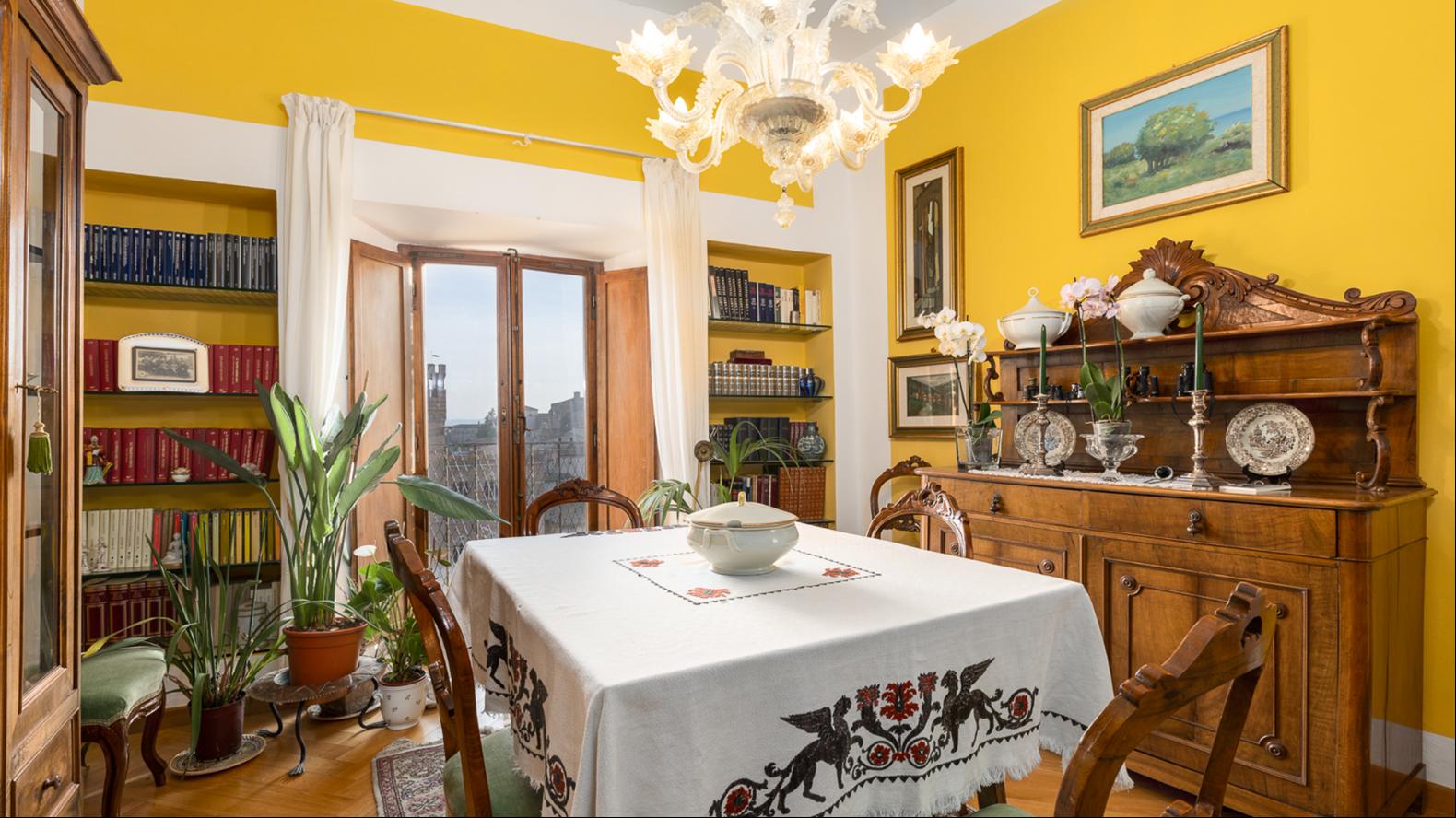
From their offices in Sicily, Moncada and his work and life partner, Mafalda Rangel, have redesigned numerous residential and commercial properties in Unesco heritage sites. He believes that investing in a protected area is always worthwhile.
One such site is the historic centre of Siena, known for its medieval splendour and Palio. Tourists from all over the world watch the bareback horse race, which takes place twice a year when the town’s 17 contrade, or districts, fight for a place in history.
One of the most advantageous places to watch the event from is undoubtedly the roof terrace (main picture, above) of a penthouse of a 12th-century tower, just metres away from the scallop-shaped Piazza del Campo. While visitors jostle for a place in the busy square below, others can book the penthouse for their own exclusive use. This rare two-bedroom apartment with its 42-square-metre wraparound roof terrace and a second smaller terrace has now come on the market.
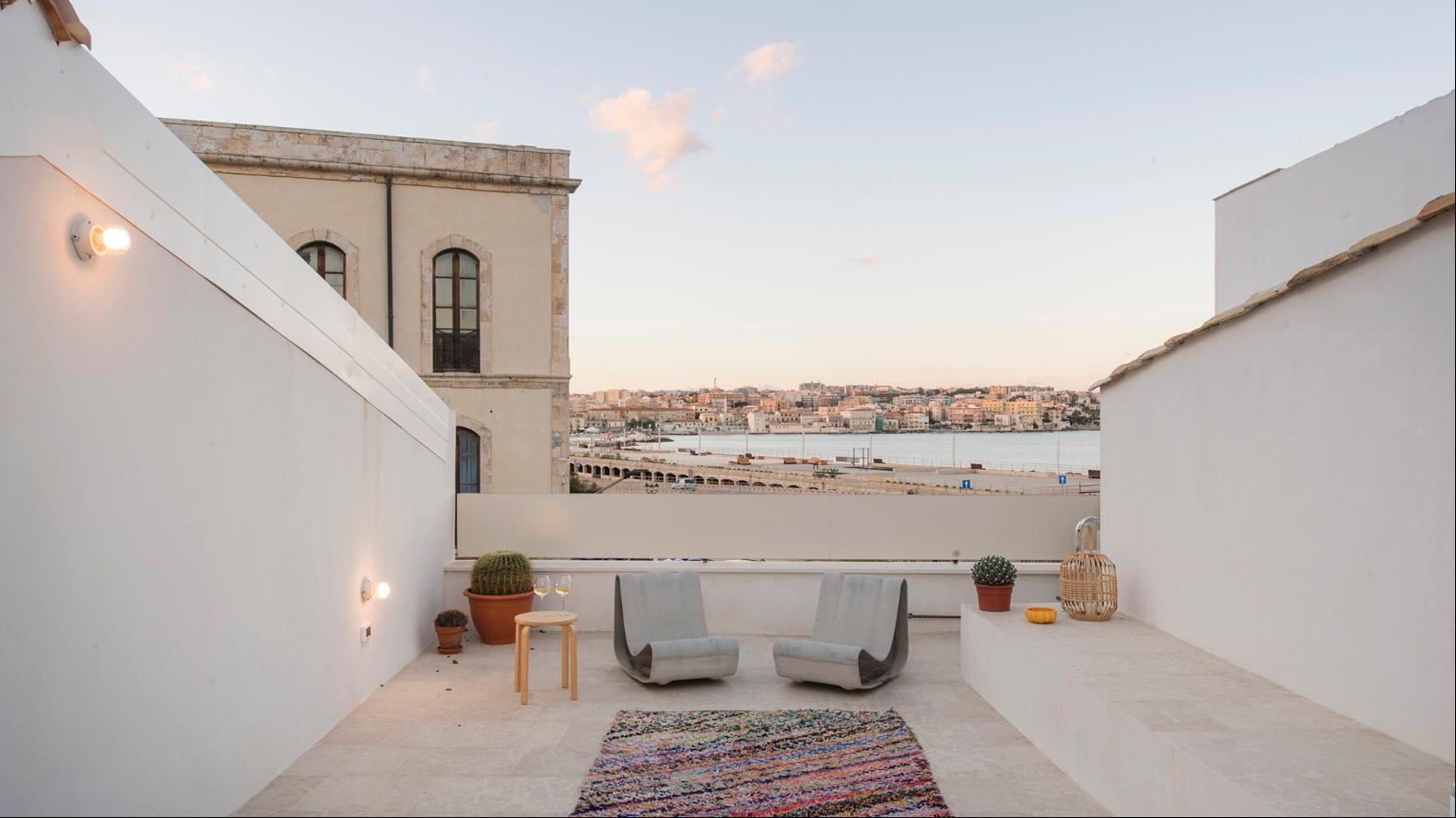
As well as looking down on to the Piazza del Campo, the apartment also offers breathtaking views of some of Siena’s other landmarks such as the Torre del Mangia and the cathedral, and the nearby rolling hills of the Val d’Orcia.
The penthouse occupies the fifth floor of the Torre di Roccabruna, one of the city’s highest towers, which belonged to some of the city’s most powerful families over the centuries. Inside, the residence maximises light and space, while preserving its historical essence. The interiors feature high ceilings, polished wood floors and large windows framing Siena’s skyline, in both the living and sleeping areas.
The property is in need of some renovation to bring it up to modern standards. The bedrooms would benefit from being converted into en suites for example, to ensure it continues to work as a holiday retreat or to be rented out. Building works here come with caveats — the exterior cannot be touched and any structural changes, including building or removing internal walls, must be authorised by the superintendency for cultural heritage.
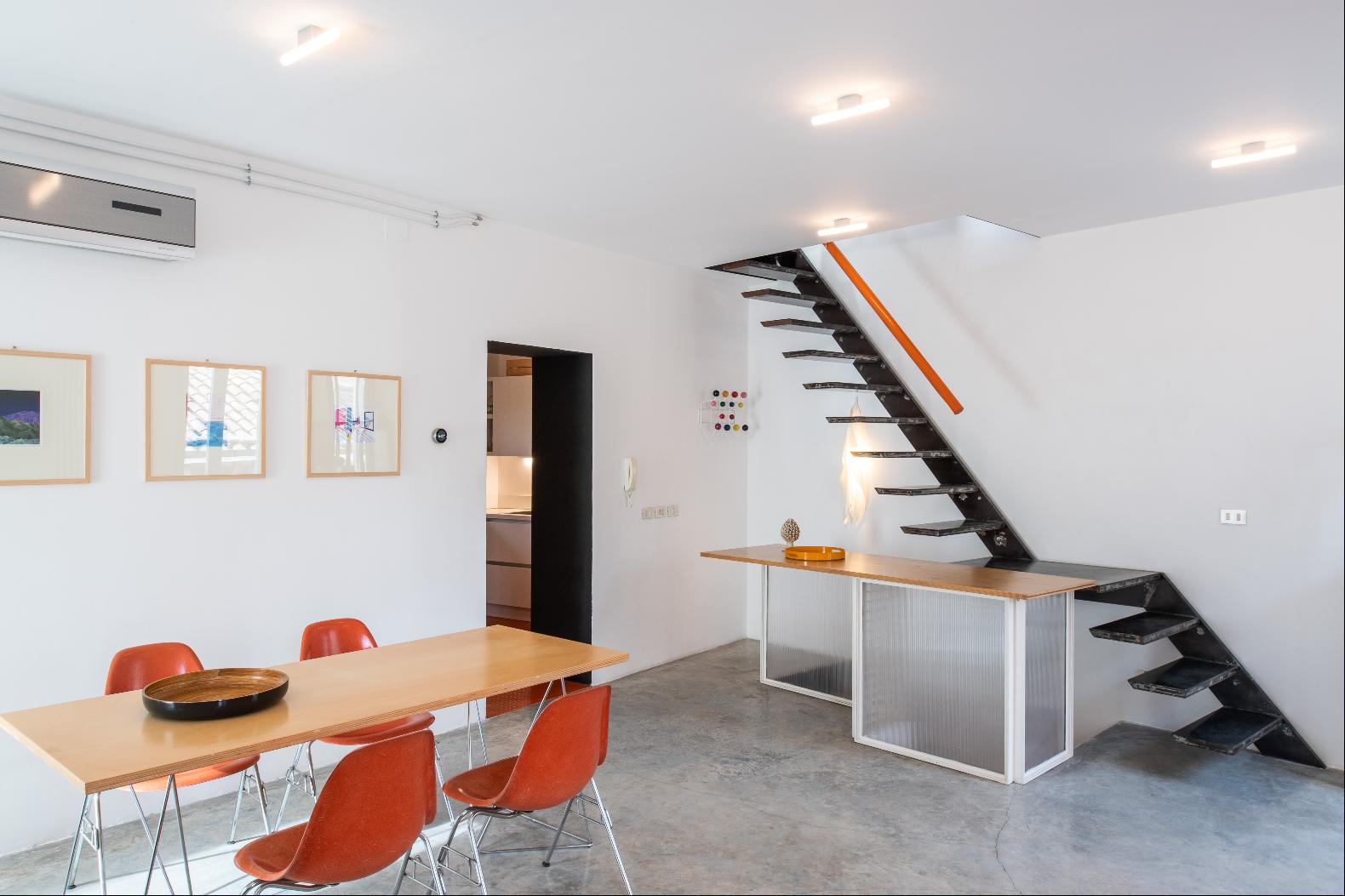
Moncada recommends exercising caution when it comes to calculating the costs and time involved in buying and renovating a home in an area with strict planning regulations.
“We strongly recommend having a property inspected by a local professional before purchase,” he says. “The most crucial advice is to carefully evaluate the property’s location. If the property is in poor condition and access for construction equipment is limited, this can significantly complicate the renovation process and extend the timeline.”
However, the architect who has renovated his own house on the island of Ortigia, another Unesco heritage site, believes the additional effort is worth it.
Moncada says it’s about people “arriving and showing their ideas and adding new layers to old properties”. This has numerous positives, not only in the upkeep of the location, but it also “supports the historical and cultural value of the site”.
The two-bedroom property is for sale priced at €3.4mn with Knight Frank.
Photography: Alberto Moncada — Photographer; Knight Frank


